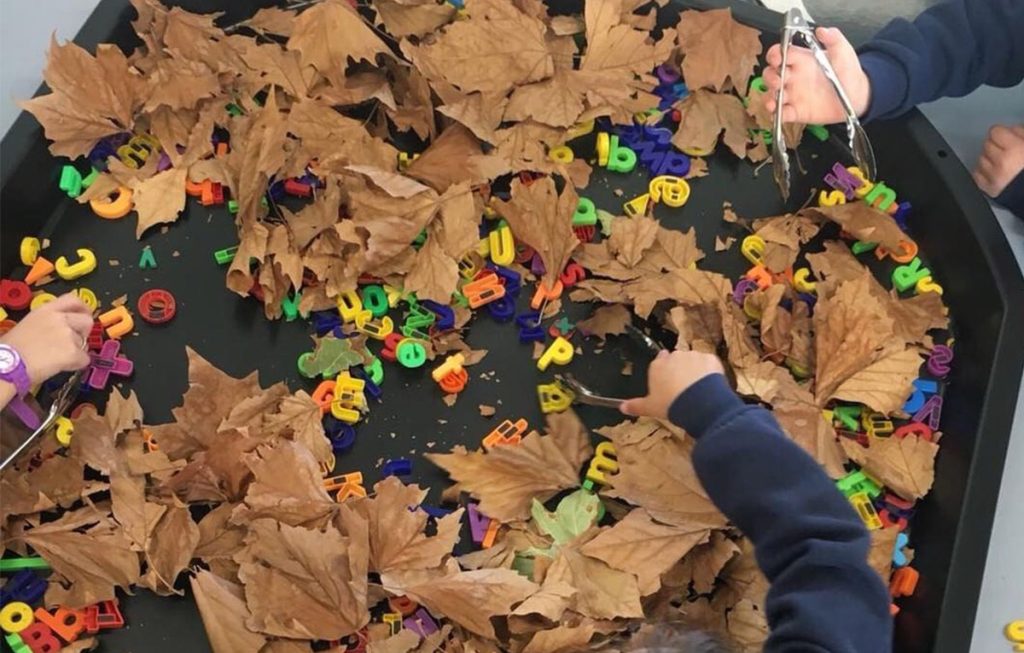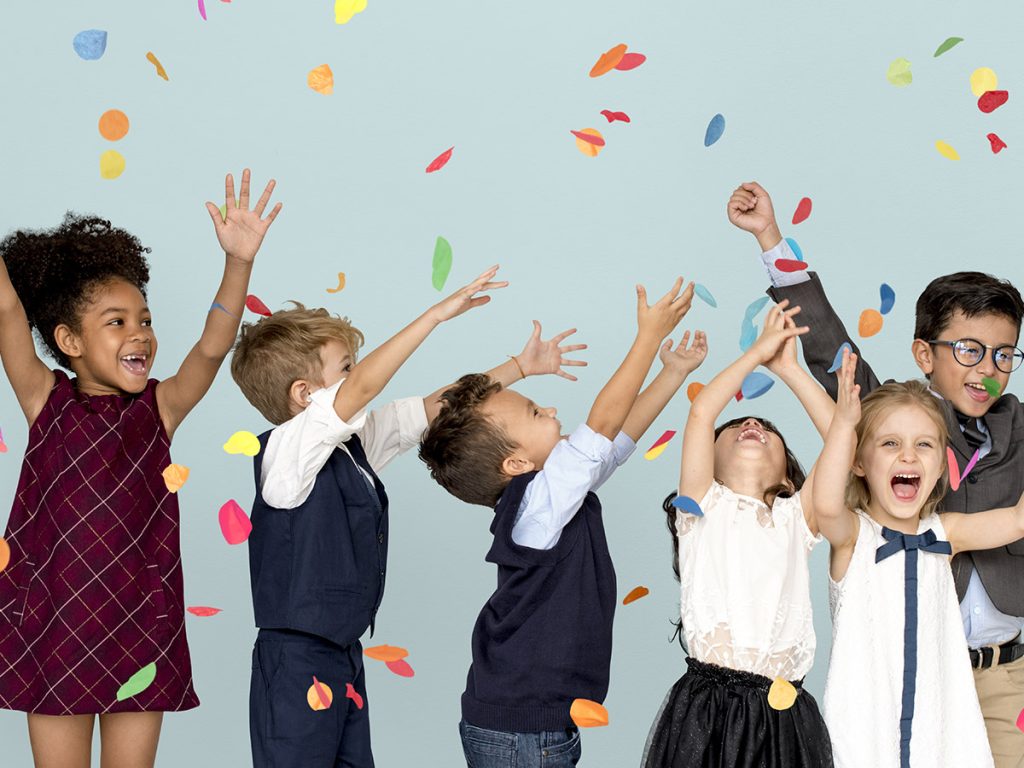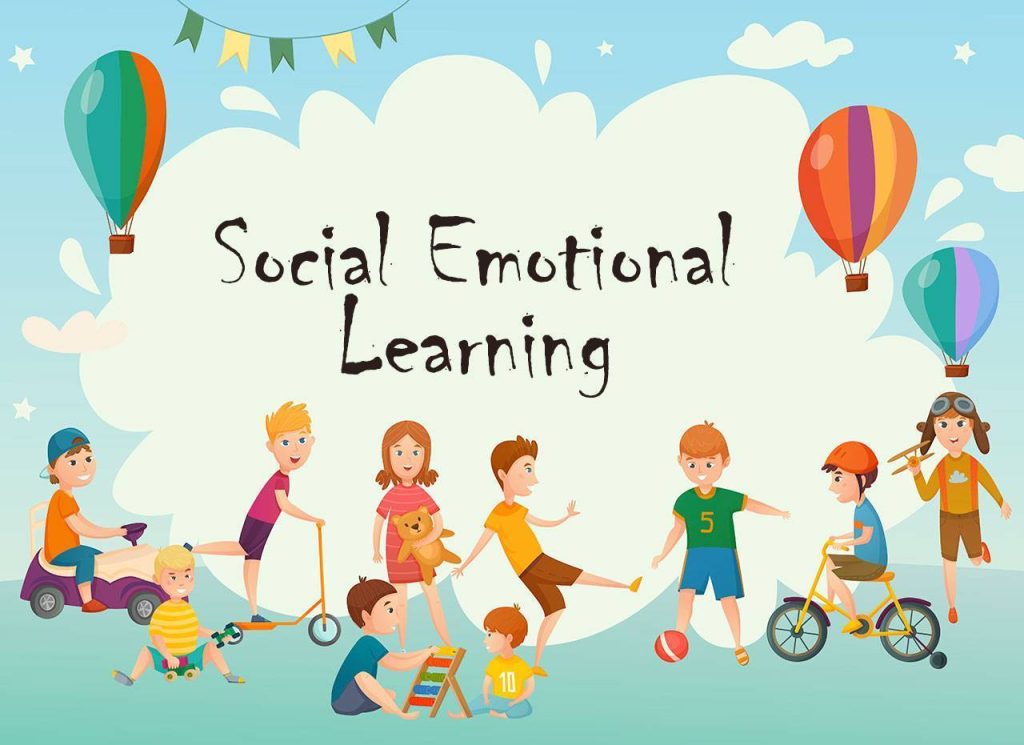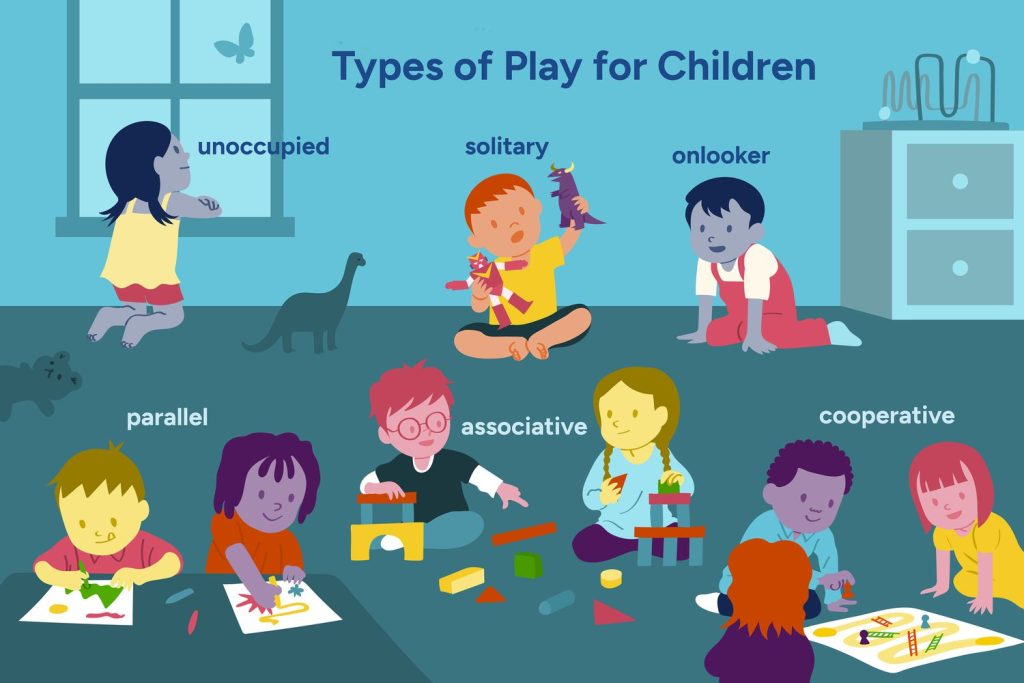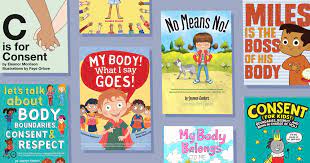The Montessori Peace Table, also known as the Peace Corner, is a unique component of Montessori classrooms that embodies the educational philosophy’s commitment to fostering a harmonious and respectful community. This space is designated for children to resolve conflicts, reflect on their feelings, and learn how to peacefully interact with their peers.
The concept of the Peace Table is rooted in Maria Montessori’s belief that education should not only impart academic knowledge but also cultivate the values of peace and social understanding. To achieve this, she envisioned an environment where children could learn conflict resolution skills in a tangible way.
In practice, the Peace Table is often a small, inviting area set apart from the general hustle and bustle of the classroom. It may feature comfortable seating, such as cushions or child-sized chairs, and calming elements like plants or a tranquility fountain. The area is sometimes decorated with symbols of peace—a globe, peace sign, or doves— to reinforce its purpose.
When conflicts arise between students, they are encouraged—if not required—to go to the Peace Table. There, they take turns expressing their feelings and listening to one another. The goal is for the children to arrive at a mutual understanding and resolution without the direct intervention of an adult. This practice not only helps them develop important interpersonal skills but also empowers them with the confidence that they can solve problems themselves.
Furthermore, the Peace Table isn’t solely for conflict resolution. It serves as a serene spot where any student can take time away from classroom activities to have moments of quiet reflection or emotional self-regulation. This aspect of the Peace Table helps nurture self-awareness and self-control among young learners.
The presence of a Peace Table or Corner extends beyond just individual conflicts; it plays a part in creating an overall atmosphere of respect and kindness within the classroom setting. It stands as a constant reminder that every member of the community has both the right to be heard and the responsibility to listen.
Implementing this tool reflects Montessori’s vision for education—where intellectual development is complemented by moral growth. The Peace Table fosters an environment where children learn lifelong skills such as empathy, negotiation, patience, and respect for others—an invaluable lesson in any educational setting.
Year Sensory Play Ideas | Using Tray Activities in the Early Years
Sensory play is an essential part of early childhood development, engaging a young child’s senses along with their fine and gross motor skills. Sensory tray activities are particularly effective for this type of play due to their flexibility and the easy containment of materials. By using trays, educators and parents can provide varied sensory experiences within a manageable space.
Tray activities allow children to explore textures, colors, sounds, smells, and sometimes tastes in a contained environment. Here are some sensory play ideas using tray activities suitable for young children:
1. Nature Exploration Tray: Fill a tray with natural items such as leaves, sticks, stones, feathers, and pinecones. Encourage children to touch, smell, and examine the diverse textures and colors.
2. Water Beads Fun: Water beads are an excellent sensory material that can be used in a tray. They expand in water, creating a slippery, squishy texture for children to scoop, pour and squeeze.
3. Color Sorting: Use a multi-sectioned tray and provide colored items such as pompoms, buttons or beads for children to sort by color. This activity not only stimulates visual senses but also assists in learning colors and developing organizational skills.
4. Scented Rice Play: Add different spices like cinnamon or vanilla to rice and mix them in separate sections of the tray for scented play options. Kids can use scoops or funnels to pour the rice from one section to another while enjoying different scents.
5. Playdough Creations: Set out a tray with playdough along with various tools such as cutters, rolling pins, and molds for imaginative creation. Playdough provides tactile feedback that is excellent for fine motor development.
6. Magnetic Discovery: Include magnetic letters or shapes alongside non-magnetic items in a tray with a magnetic wand. This intriguing activity helps children learn about magnetic properties while encouraging sorting and naming of objects.
7. Sensory Writing Tray: Fill a shallow tray with sand or salt and let children use their fingers or sticks to draw shapes, letters, or numbers—practicing pre-writing skills while enjoying tactile feedback.
8. Ocean World: Create an ocean-themed sensory tray with water tinted blue using food coloring, add sea creatures toys, shells and pebbles allowing kids to engage in imaginative water play.
9. Fidget Finds: Have a variety of fidget toys such as stress balls, stretchy strings or textured tangle toys mixed in with soft filler material like rice or beans for sensory-seeking fingers to explore.
10. Icy Exploration: Freeze small toys in ice cubes or larger chunks of ice and let them melt slightly before placing them inside a tray; kids can chip away at the ice or watch it melt revealing hidden treasures inside.
These sensory play ideas can be adapted according to the seasons, themes being covered in class or individual interests of the children engaged in the activities—making learning an immersive experience that stimulates all senses while honing critical developmental skills.
Children Fighting Lessons Moral Development
Conflict is an inevitable part of life, and this holds true for children as much as it does for adults. In the playground, at school, or within family dynamics, children often find themselves at crossroads with peers and siblings. The manner in which these conflicts are resolved can play a significant role in shaping a child’s moral development.
When children engage in physical or verbal fights, it usually stems from a lack of effective communication skills and an inability to cope with strong emotions like frustration or anger. Introducing conflict resolution lessons early on can have influential benefits on their moral compass.
These lessons typically begin by teaching children the fundamental aspects of empathy – understanding and acknowledging the feelings and perspectives of others. Through role-playing exercises and group discussions, children learn the importance of listening to their peers and expressing their own feelings without resorting to violence or aggression.
Another crucial part of these lessons involves learning negotiation skills. Children are encouraged to seek win-win solutions that require give-and-take from both parties involved. This instills in them the concept of fairness which plays an essential role in moral reasoning.
Moreover, as they learn to solve disputes amicably, children also develop patience, tolerance, and respect for differences. These are key virtues that contribute to one’s ethical framework as they align with broader societal values of peaceful coexistence and mutual respect.
One pivotal element of moral development is understanding the consequences of one’s actions – both good and bad. Through conflict-resolution activities, children come to appreciate the positive outcomes that arise from settling disagreements through conversation rather than through physical confrontations or holding grudges.
It is important to highlight that these lessons should occur within a supportive environment where mistakes are viewed as learning opportunities. When they are corrected gently and guided towards better choices, children internalize constructive behavioral norms rather than developing fear tied to punitive measures.
Incorporating restorative practices can also amplify the moral lessons gleaned from conflict resolution. By involving children in the process of repairing the harm caused by their actions — perhaps through apologies or helping out the aggrieved party — they learn accountability and the principle that their actions can indeed make things right again.
In conclusion, integrating conflict resolution lessons into child education can notably assist in steering their moral development in a positive direction. Handling disputes non-violently allows them not only to foster necessary life skills but also grows their capacity for ethical reasoning, justice, empathy, and respect for others; all elements essential to becoming responsible adults who contribute positively to society.
Celebrating Life Skills for Kids
In the hustle of everyday academia, from algebra to science projects, the essential life skills often elude the structured curriculum. Yet, it’s these skills that sow the seeds of self-reliance and confidence in the fertile grounds of childhood. Celebrating life skills for kids is a movement towards recognizing and honoring the day-to-day abilities that help children grow into competent and responsible adults.
Life skills are those core competencies that go beyond the academic and vocational training often emphasised in traditional education systems. They include decision-making, problem-solving, creative thinking, communication, interpersonal skills, self-awareness, empathy, coping with emotions and stress, and taking responsibility for personal actions.
These skills help children navigate the social complexities of life with grace and determination. In truly celebrating these skills, both parents and educators can incorporate engaging activities that foster these abilities. Activities such as cooking classes teach measurement and patience; organizing a yard sale can impart lessons on negotiation and money management; while group sports cultivate teamwork and resilience.
The beauty in celebrating life skills lies in their relevance to real-world situations. Children feel empowered when they apply what they’ve learned to solve problems or achieve tasks that have tangible outcomes. It builds their self-esteem and reinforces their learning experiences outside the rigid structures of traditional education.
When we applaud a child for confidently engaging in a conversation with adults or when we appreciate their innovative solutions to minimize waste at home, we are validating the precious practical knowledge they’re accumulating. Recognition not only motivates but also signals to children that these skills are valuable.
In essence, celebrating life skills for kids is about creating a culture where learning is a dynamic and comprehensive process – one that prepares them not just for tests or jobs but for life itself.
By shining a spotlight on these fundamental capabilities, we ensure that our children don’t just survive in this complex world but thrive with unshakeable competence in their journey through life. Let’s make every day a celebration of their growing abilities as they navigate this fascinating adventure called life.
Why do Children Fight? Lessons in Moral Development
Children fight for a variety of reasons, and understanding these can provide valuable insights into their moral development. From an early age, children are in the process of learning social norms, the concept of fairness, and how to deal with emotions. As they grow, they are also trying to assert their independence and identity, which can sometimes result in conflict with peers.
One of the primary reasons children fight is due to a lack of communication skills. Young children often do not have the vocabulary to express their feelings and may resort to physical actions as a form of expression. For example, if a child feels that another child has taken a toy without permission, they might react by hitting or pushing because they cannot articulate their sense of injustice.
Another factor is the development of a sense of self and an understanding of possession. As children begin to identify items as ‘mine,’ they become protective and may fight to defend what they believe is theirs. This possessiveness is a natural part of development but requires guidance to help children learn sharing and negotiation skills.
Jealousy and competition are also common triggers for fights among children. They often compare themselves with others and strive for attention from adults or peers. Disagreements can escalate quickly into fights as children try to establish dominance or gain approval.
Furthermore, imitation plays a role; children may mimic aggressive behavior they see at home, on television, or from other children. Without proper guidance on how to deal with conflict constructively, these imitated behaviors can lead children to resolve disputes through fighting.
Lastly, frustration tolerance is an important aspect of moral development. Children who have difficulty dealing with setbacks or not getting their way may become physically combative as an immediate response to frustration.
As guardians or educators, understanding these motivations behind fights can inform strategies for intervention and education. Teaching emotional intelligence, communication skills, empathy, and coping mechanisms can dramatically reduce the frequency and intensity of fights among children while aiding in their overall moral development. Learning how to resolve conflict peacefully is a crucial life skill that will benefit them throughout adulthood.
Social-Emotional Learning for Kids (Social Stories Included)
In the fast-paced world of education, it’s easy to focus solely on cognitive development and academic skills. However, an area just as crucial for children’s success both inside and outside the classroom is their social and emotional learning (SEL). SEL is the process through which children and adults understand and manage emotions, set positive goals, show empathy for others, establish positive relationships, and make responsible decisions.
Why is Social-Emotional Learning Important?
SEL provides the foundation for safe and positive learning and enhances children’s abilities to succeed in school, careers, and life. Research has shown that SEL not only improves achievement by an average of 11 percentile points but also increases prosocial behaviors (such as kindness, sharing, and empathy), improves student attitudes toward school, and reduces depression and stress among students.
Social Stories: A Tool for Teaching SEL
One of the innovative methods used to teach SEL skills to kids are social stories. These are short narratives designed to teach individuals how to understand and navigate social situations. The stories often include specific examples of how to behave or respond in certain scenarios. They are particularly effective for children with autism but can benefit all students.
Example Social Story: “Sharing in the Classroom”
Title: “Sunny Shares at School”
Sunny was feeling excited about his new toy car he brought to school. During playtime, his friend Timmy saw the car and asked if he could play with it too. Sunny really liked his car but remembered what Ms. Rose had taught him about sharing.
The story would go on to describe Sunny’s thought process as he decides to share his toy with Timmy and the happy outcome that follows – both boys playing together with the car. It would also reflect on Sunny’s emotions during this interaction.
Through stories like these, children learn that sharing can lead to positive group experiences and mutual enjoyment of shared activities. By repeating such stories and discussing them within different contexts – like at home or with various peer groups – SEL concepts are reinforced.
In conclusion, social-emotional learning is a vital part of child development that encompasses vital life skills necessary for navigating relationships and challenges. Integrating tools like social stories into everyday learning can significantly enhance this aspect of children’s education, helping them grow into well-rounded individuals capable of empathy, cooperation, conflict resolution, and more. With SEL at its heart, education takes a holistic approach to equip our future generations with essential tools for success in all areas of life.
11 Ways to Play (The Importance of Play in Childhood Development)
Play is an essential part of childhood and a crucial element in developing healthy, well-rounded adults. For children, play is not just about toys or playground antics; it’s a significant way through which they learn and grow emotionally, cognitively, and physically. In this article, we will explore 11 ways to play that can support various aspects of childhood development.
1. Solitary Play: Through solitary play, children learn to be self-reliant and entertain themselves with their own thoughts and resources. This form of play allows for creativity and imagination without the influence of others.
2. Parallel Play: Common among toddlers, parallel play involves playing alongside another child without direct interaction. It helps children learn about social boundaries and the presence of others in their space.
3. Cooperative Play: This type of play requires interaction, sharing, negotiating, and working together towards a common goal. Cooperative play is vital for teaching social skills like communication and conflict resolution.
4. Imaginative Play: Through dressing up and role-playing, children explore various identities and scenarios. This form of play develops creativity, emotional understanding, and problem-solving skills.
5. Physical Play: Activities that involve running, jumping, climbing, or sports encourage gross motor skill development as well as hand-eye coordination.
6. Constructive Play: Using building blocks or creating art helps refine fine motor skills and allows children to see the results of bringing a concept from their imagination to reality.
7. Musical Play: Engaging with music—whether by listening, singing, or dancing—can improve linguistic abilities and develop a sense of rhythm and coordination.
8. Puzzle-Play: Puzzles challenge cognitive thinking and enhance problem-solving abilities while also improving hand-eye coordination.
9. Nature Play: Spending time in nature enables children to learn about the environment, science concepts, and fosters appreciation for the world around them.
10. Storytelling Play: Creating stories helps with linguistic development and allows children to practice empathy by placing themselves in someone else’s shoes.
11. Digital Play: Playing educational games on tablets or computers can support learning across various subjects like math or reading while also teaching digital literacy skills.
In conclusion, play is far more than idle entertainment for children—it is an essential catalyst for growth across all developmental domains.
Talking to Students About Difficult Topics | Part 1: Explaining Puberty
Puberty is a universal stage that signifies the changing of a child’s body into an adult body capable of sexual reproduction. Its onset brings about a variety of biological and emotional changes that can be confusing and sometimes overwhelming for students. Educators and parents tasked with explaining puberty need to approach the topic with sensitivity, age-appropriate language, and factual information.
Firstly, it is essential to create an environment of trust and openness. Students should feel comfortable asking questions and expressing their concerns. Start by defining what puberty is, using simple terms that are easy to understand. Explain that puberty is a natural process that happens to everyone and is a part of growing up. It’s crucial to reassure students that the changes they will experience are normal and that there’s a wide range of what’s considered “normal” when it comes to how fast or slow these changes occur.
The physical changes associated with puberty can be addressed categorically: growth spurts, the development of sexual organs, body hair, and shifts in body odor are common topics. For girls, discussing menstruation is critical—explain what it is, why it happens, and how to manage it. Similarly, for boys, voice deepening and nocturnal emissions ought to be discussed with straightforwardness and clinical accuracy.
Addressing the emotional changes during puberty is also imperative. Students should understand that feeling moody, anxious, or more sensitive than usual can be part of these transformations due to fluctuating hormone levels. Emphasize that these feelings are valid and temporary.
Equipping students with appropriate resources—such as books, websites for further reading, or places they can seek confidential advice—is beneficial. Additionally, reassure them about privacy concerning their bodies while promoting respect for others going through similar changes.
In conclusion, when explaining puberty to students, educators must balance providing accurate information while dispelling myths and concerns students may have. The key is to promote knowledge and understanding in a supportive and nonjudgmental way so that students feel equipped to navigate this significant life stage confidently.
Never Have I Ever Questions for Kids … Getting-to-Know-You Game
“Never Have I Ever” is a popular game that can be a fun way for kids to get to know each other. Playing this game involves players taking turns reading a statement starting with “Never have I ever…,” and if the others have done the mentioned activity, they indicate so, often by putting down a finger or taking a step forward. For kids, the game can be tailored to include age-appropriate and light-hearted topics.
Here are some “Never Have I Ever” questions suitable for kids:
1. Never have I ever built the tallest LEGO tower.
2. Never have I ever worn mismatched socks to school.
3. Never have I ever tried to catch snowflakes on my tongue.
4. Never have I ever made a weird sandwich combination.
5. Never have I ever stayed up all night at a sleepover.
6. Never have I ever won a game of hide and seek.
7. Never have I ever jumped into a pile of leaves.
8. Never have I ever forgotten my lines in a school play.
9. Never have I ever tried to keep a diary or journal.
10. Never have I ever had a pet that wasn’t a cat or dog.
The questions should be tailored to involve experiences common among children, stimulating sharing of personal stories and bonding through collective experiences. For educators and parents, it’s an excellent way to engage children in social interaction without putting too much pressure on any individual child while they learn about their peers’ interests and experiences in an entertaining format.
Remember, the intention of these questions is not to embarrass but rather to spark conversation and laughter among children. With thoughtful preparation, this simple game can lead to hours of fun and friendship building for kids of all ages.
Books that Teach Kids About Consent and Body Boundaries
In our modern world, where respect for personal boundaries and understanding of consent is becoming increasingly important, educating children about these concepts can never begin too early. There exists a thoughtful collection of books designed to help kids grasp the significance of consent and body boundaries. These books serve as resources for parents, educators, and caregivers to nurture awareness and empowerment in children regarding their bodies.
One highly recommended book is “C is for Consent” by Eleanor Morrison and Faye Orlove, which follows a young boy named Finn who learns about personal boundaries during a family gathering. The book is an excellent primer on consent for preschool-aged children.
Another important book in this category is “My Body Belongs to Me” by Jill Starishevsky. Through its child-friendly narrative, this picture book explains to children that their body belongs to them and assures them it’s okay to tell an adult if they’re uncomfortable with someone’s touch.
“Lets Talk About Body Boundaries, Consent and Respect” by Jayneen Sanders is a must-read that teaches kids how to understand the concept of consent, appreciate their own bodies, and respect others’ bodily autonomy through clear language and engaging illustrations.
Additionally, “No Means No!” also by Jayneen Sanders, reinforces the message that a child has the right to say no when it comes to their body. It empowers kids to set limits and assertively protect their personal space.
Lastly, “’I Said No!’ A Kid-to-kid Guide to Keeping Private Parts Private” by Zack and Kimberly King offers practical advice from one child to another on dealing with uncomfortable situations where body boundaries may be challenged.
These books are noteworthy tools in helping foster a culture informed by mutual respect and understanding from an early age. They not only teach children about consent and body boundaries but also encourage open dialogue between adults and children on these sensitive topics.


